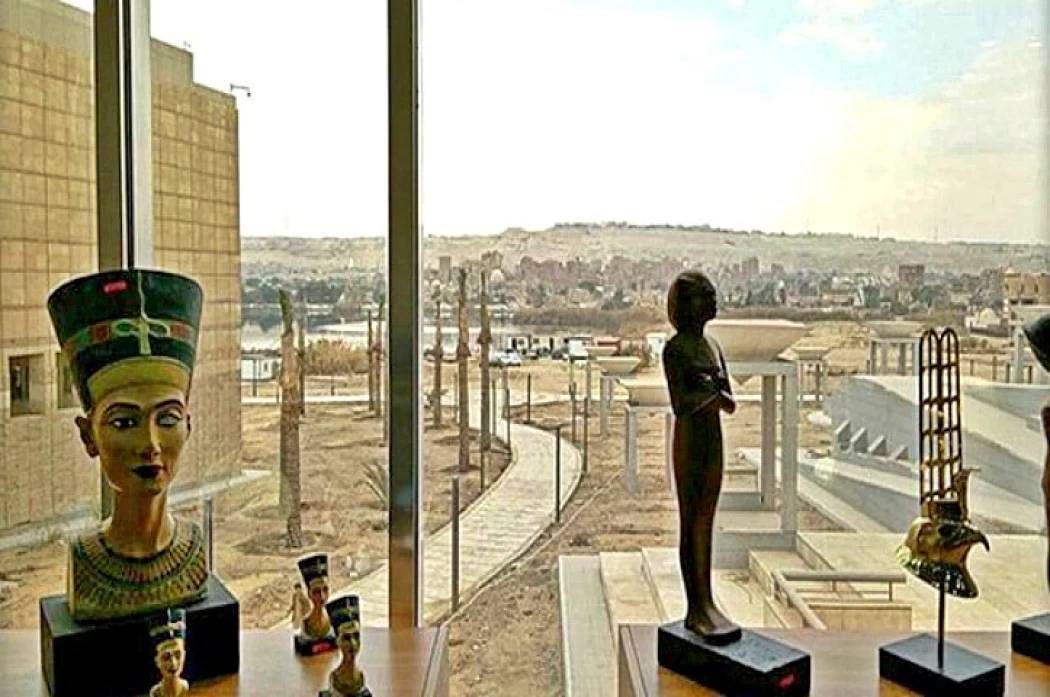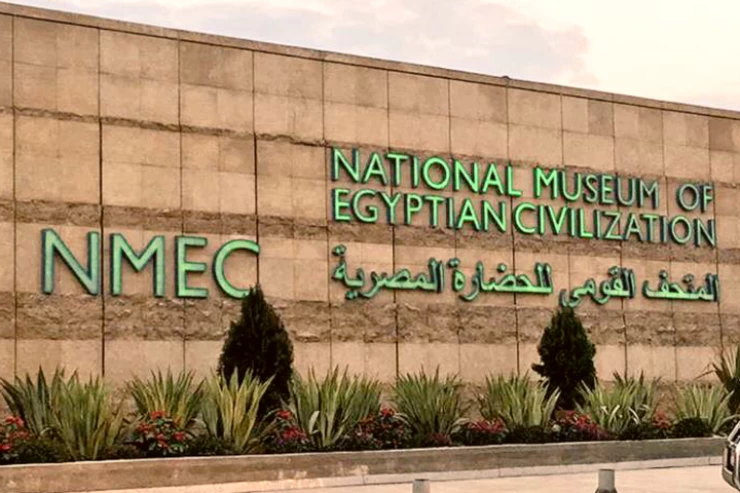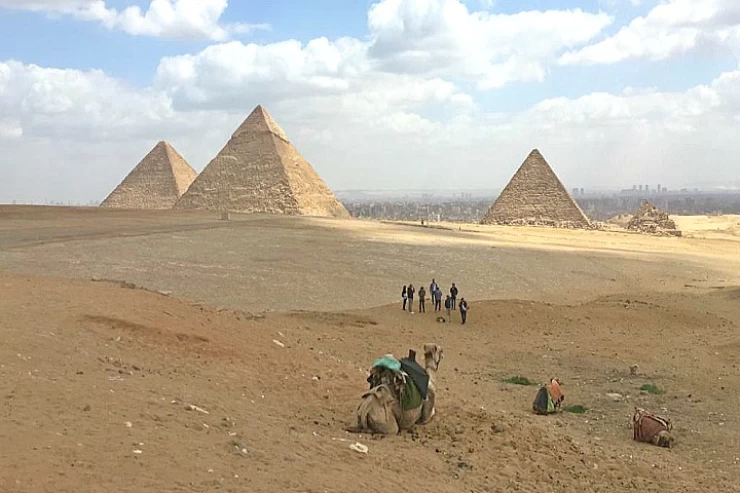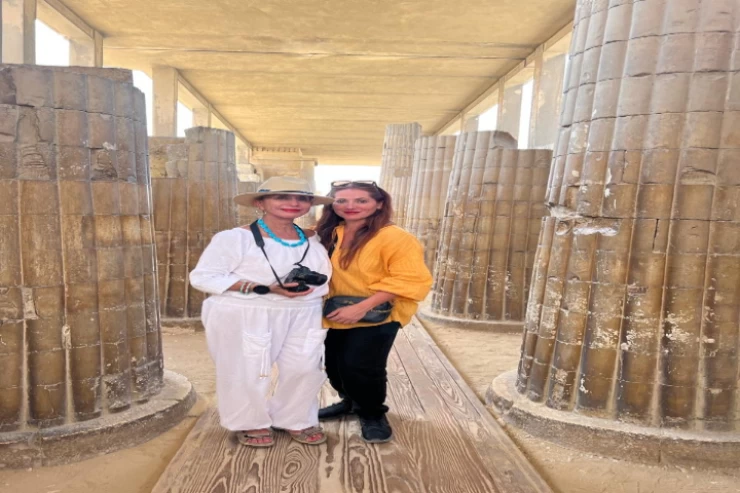
National Museum of Egyptian Civilization (NMEC)
The ancient Egyptian civilization has a long record of achievements in various fields, including the construction of ancient temples, which are characterized by distinctive scenes, drawings and engravings.
Esna Temple
The temple dates back to the Roman era. Construction began in 186 BC and took about 400 years to complete. It was completed in 250 AD. The temple consists of a single hypostyle hall that includes 24 columns with inscriptions and scenes of the Ptolemaic kings and Roman emperors.
Karnak Temple
Karnak Temple is one of the largest temples in ancient Egypt and is considered a historical document of the history of ancient Egypt and its civilization, for about 2000 years, that is, from the Middle Kingdom era to the Ptolemaic era. The rulers of Egypt used to put sacred architectural touches on it, which made it a great historical record, and it is considered one of the largest houses of worship on the face of the earth.
The Great Hypostyle Hall at Karnak, or the Great Hypostyle Hall, is considered the largest hall in the world and in the entire history of humanity. This is due to the participation of more than one king in its construction, as after King Amenhotep III, Seti I completed it, followed by King Ramses II.
Temple of Hatshepsut
Queen Hatshepsut (c. 1473-1458 BC) built a funerary temple for herself at Deir el-Bahari, on the west bank of Luxor, about 3,500 years ago. It was designed by Senmut, who held the title of Chief Cupbearer of Amun.
The temple consists of three levels, each of which contains a row of columns at its end. On the upper level, there is an open courtyard behind the row of columns, preceded by statues of Hatshepsut in the form of Osiris, the god of the dead.
The walls of the temple were decorated with scenes representing temple rituals and religious festivals, as well as the transfer of obelisks from the quarries to the Karnak Temple. Perhaps the most distinctive scenes are those on the central balcony, which depict Hatshepsut's mission to the land of Punt.


















